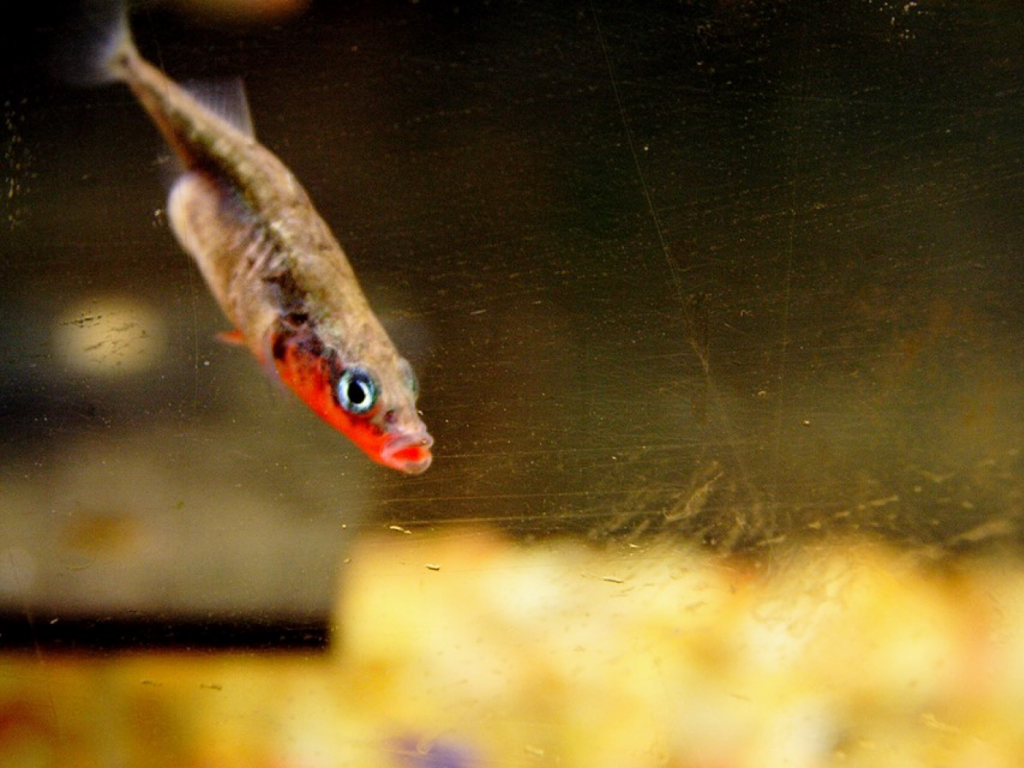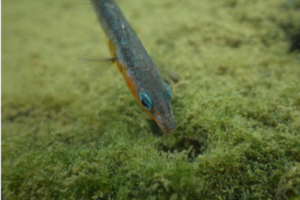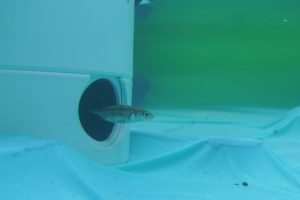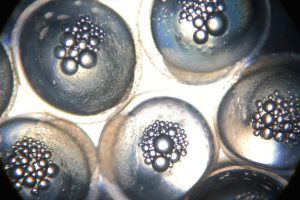Exploring the world of behavior
Welcome to the Bell Lab
Credit: Brian Stauffer

Research in the Bell lab is focused on understanding why individual animals behave differently from each other. Even an individual fish, for example, behaves differently from other fish, through time and across situations. We study the proximate and ultimate causes of individual variation in threespined stickleback.
Current Research
Latest Posts
Congratulations to Colby on a successful PhD defense!March 28, 2024It was a great success, and was followed by a celebration with white-common/recombination themed cupcakes (courtesy of Victoria Farrar)! [...]
Read more...
Two new papers from the lab on the molecular basis and evolution of decision makingDecember 1, 2023How do animals balance between competing demands, and how do those mechanism evolve?
If you spend much time watching animals in natural populations you’re bound to notice that animals are rarely doing just one thing at a time. How do they balance between competing demands?
In a new paper in Trends in Ecology and Evolution, Alison presents a framework for using neurogenomic tools to understand the mechanisms by which animals balance between competing demands, and how those mechanisms evolve.
And in this new paper in Biology Letters Tina Barbasch shows that male sticklebacks mount a distinct neurogenomic response to a trade-off between social challenge and opportunity, thereby identifying some of the genes specifically important for decision making, and paving the way into further understanding of the evolution of mechanisms for decision making.
See here for a nice profile of Tina’s study written by Kevin Neumann! [...]
Read more...
Genome Day at the Champaign Public Library was a great community outreach eventNovember 8, 2023Usan Dan and Tina Barbasch play a food web Jenga with the kids
And there were ants! [...]
Read more...
Interview with Cassidy Constant, PRECS REU studentNovember 1, 2023Cassidy completed a project investigating the parental behavior of blackspotted stickleback in summer 2023 – check out the interview about her experience on YouTube! [...]
Read more...
Summer 2023 field season in AlaskaJune 20, 2023Field crews unite! The Alaska Behaviour Axis convened with teams led by Matt Wund, Mike Bell and Ripan Malhi in Kenai, Alaska.
There was cake. [...]
Read more...
Damaris Miranda and Tara Pavithran present at the Undergraduate Research Symposium!April 16, 2023Damaris was supervised by Kevin Neumann and Tara by Meghan Maciejewski. They did a great job! [...]
Read more...




